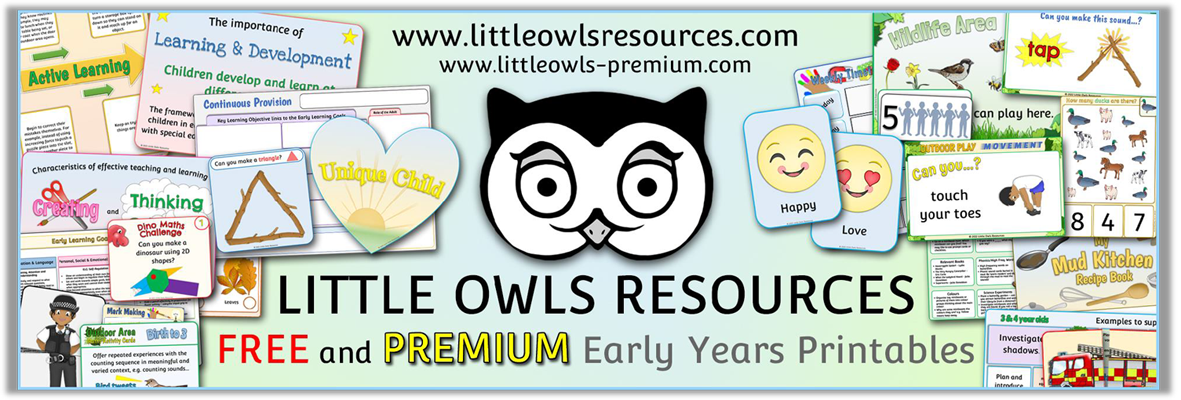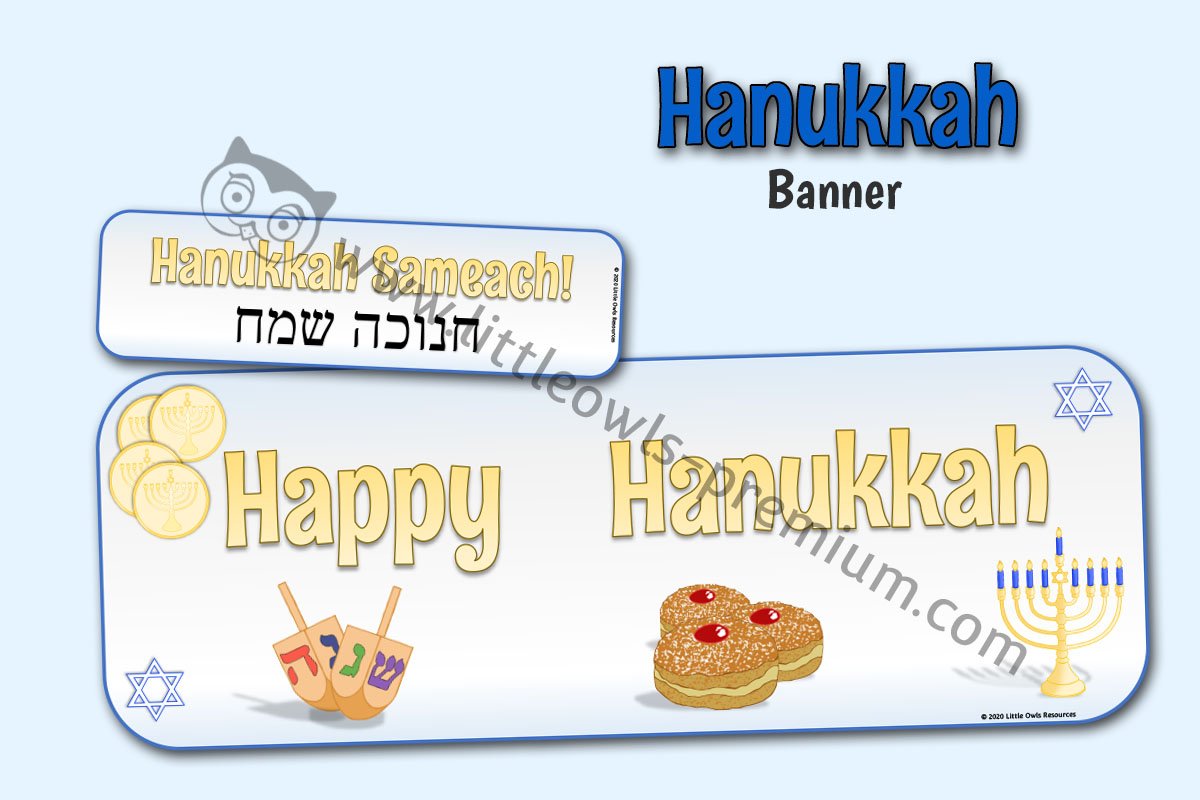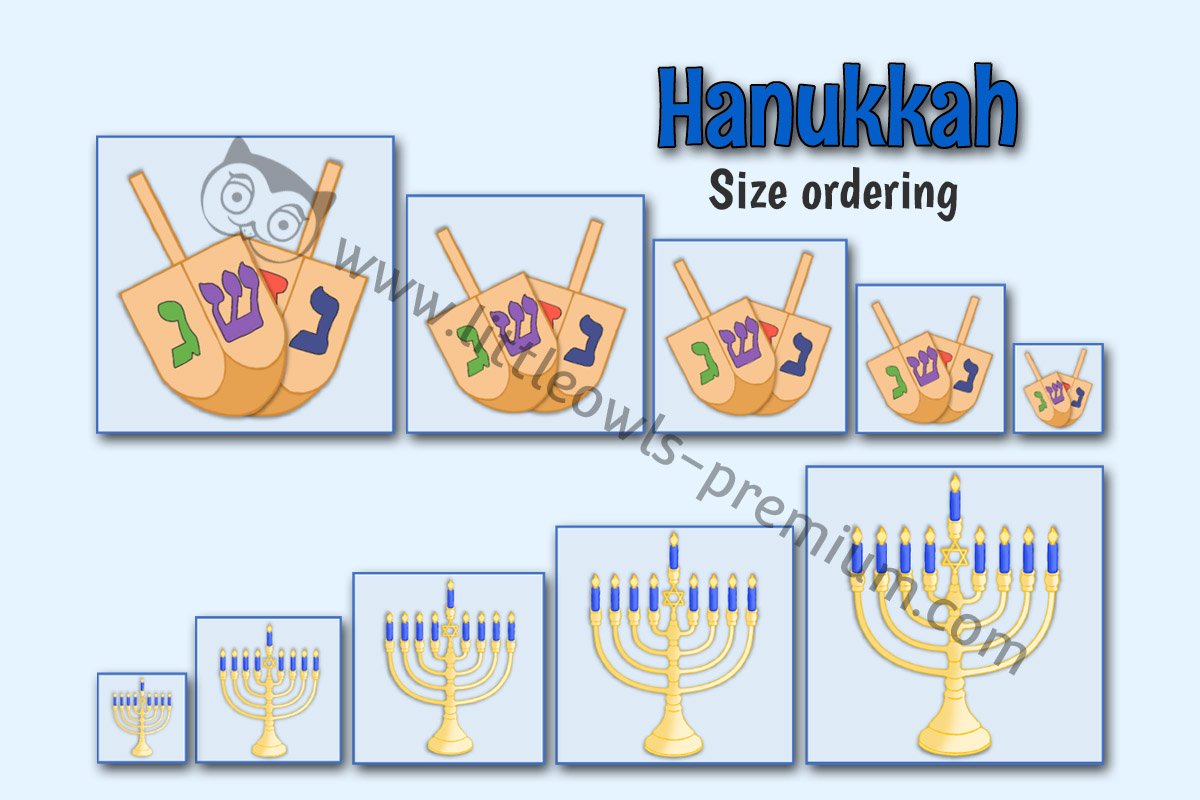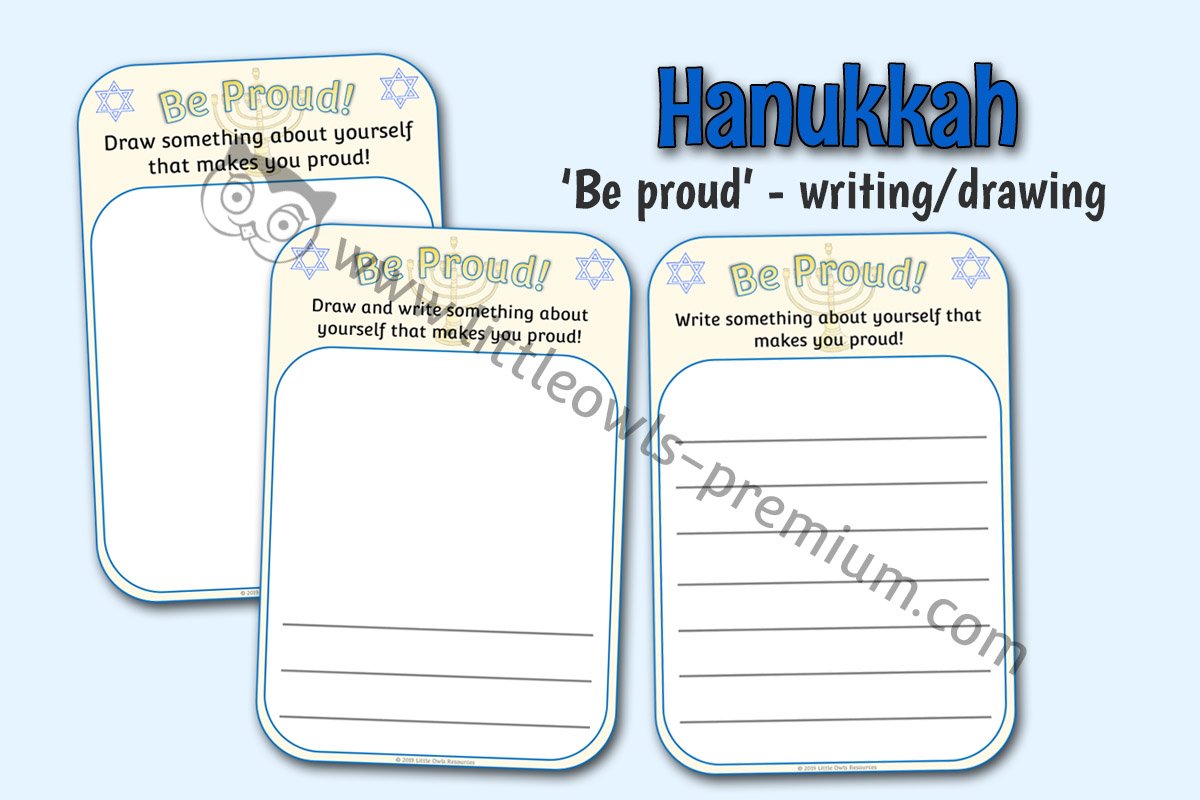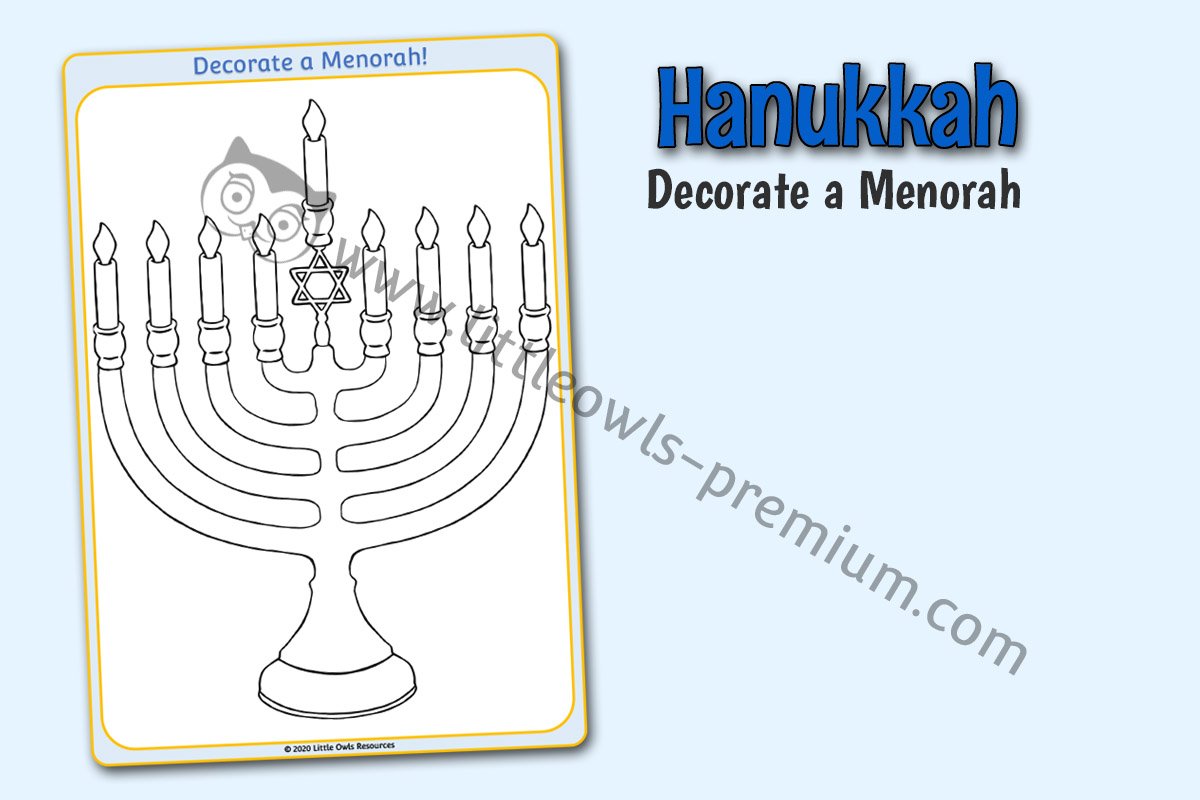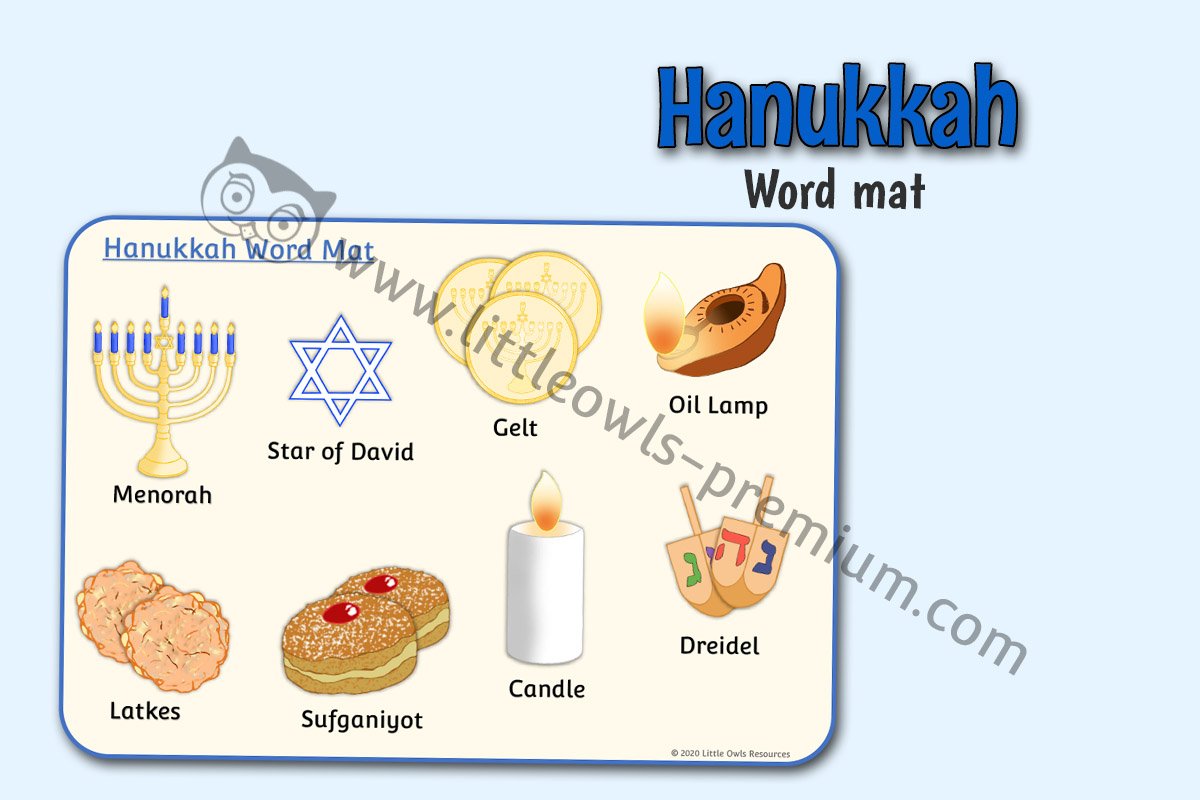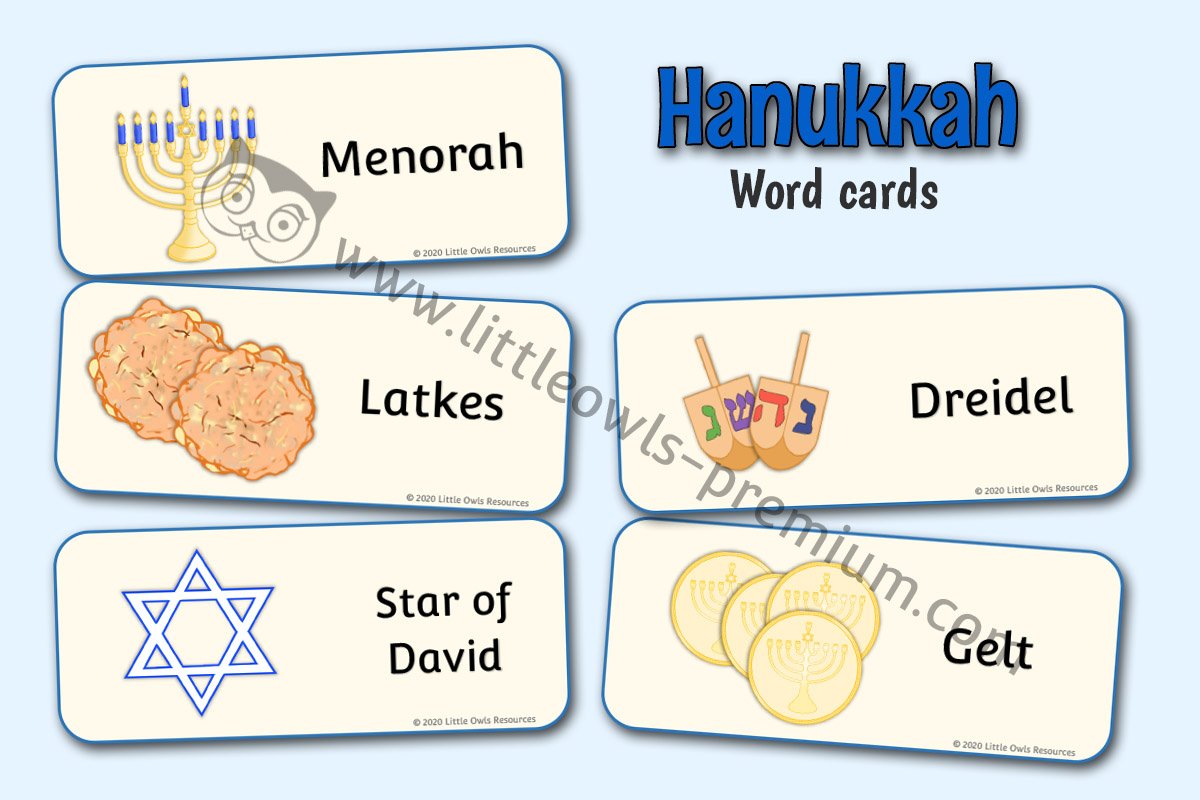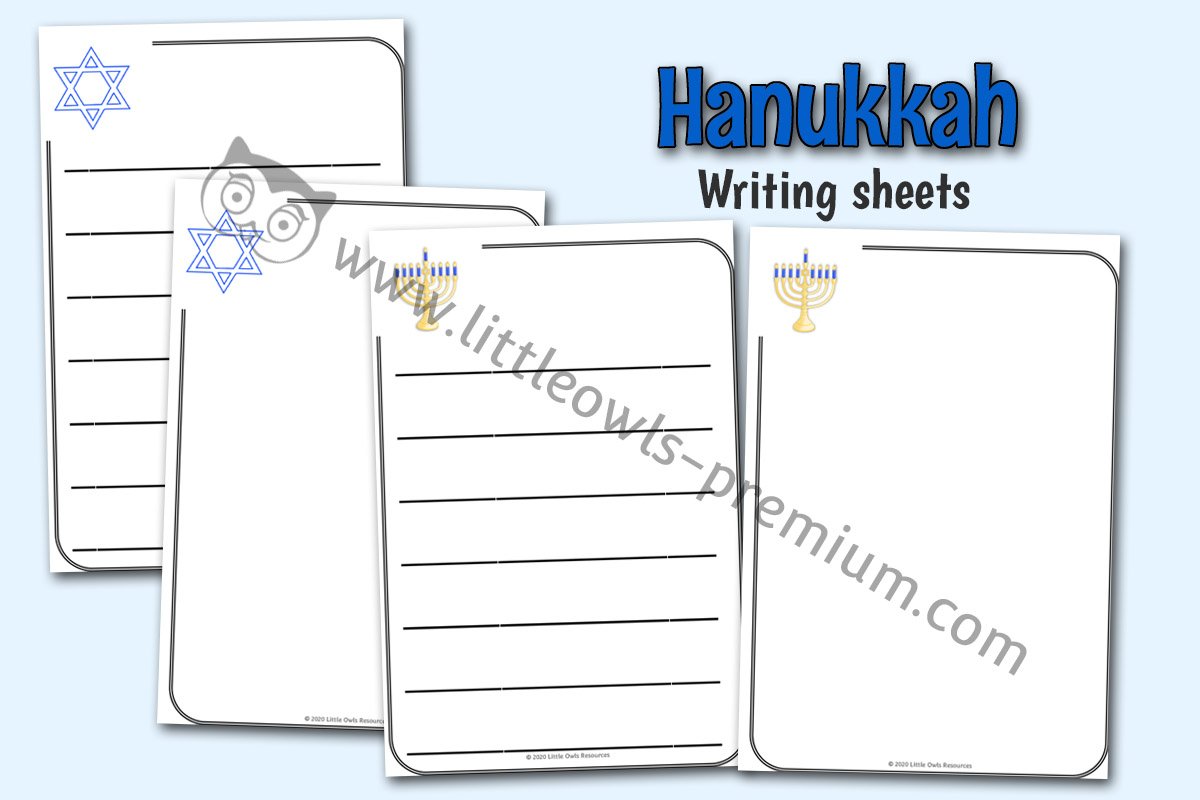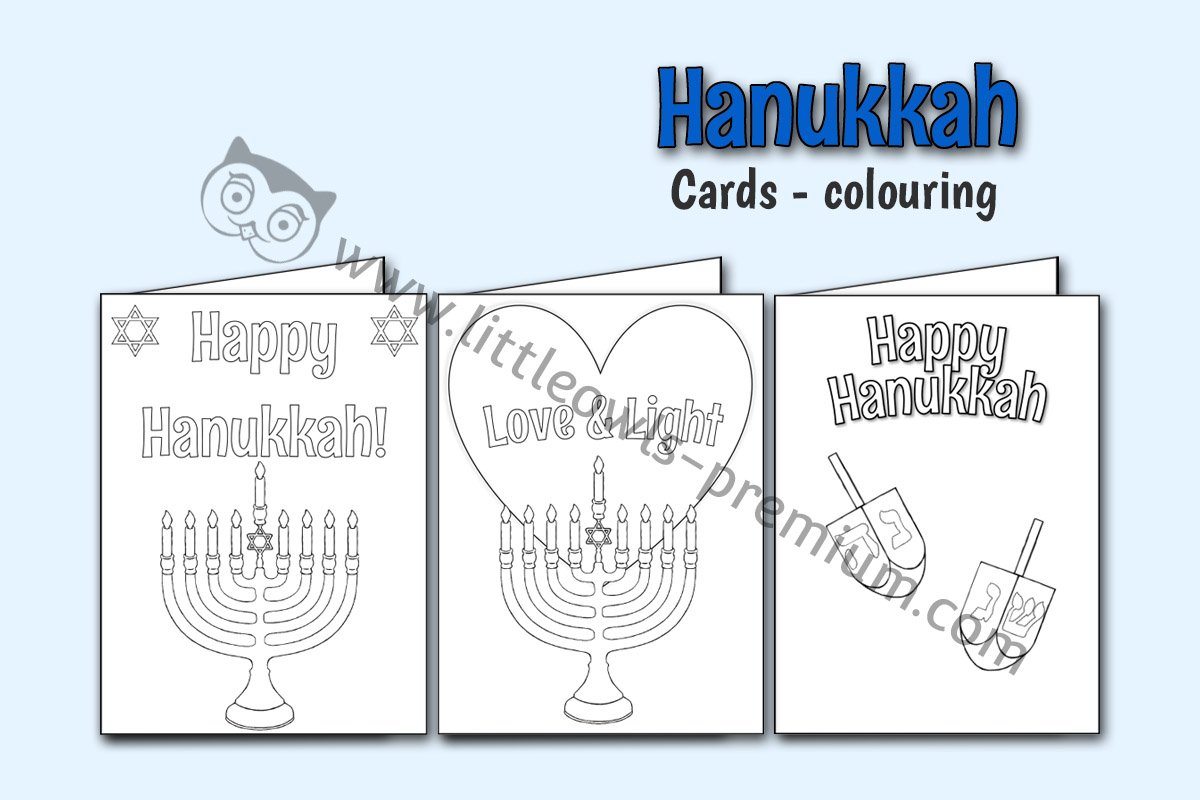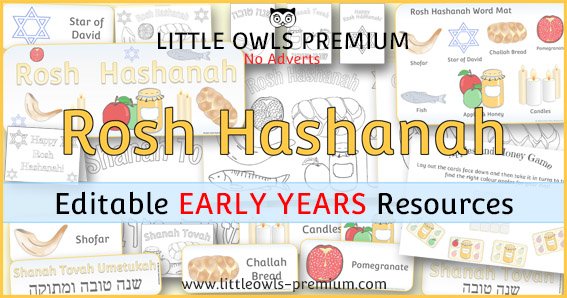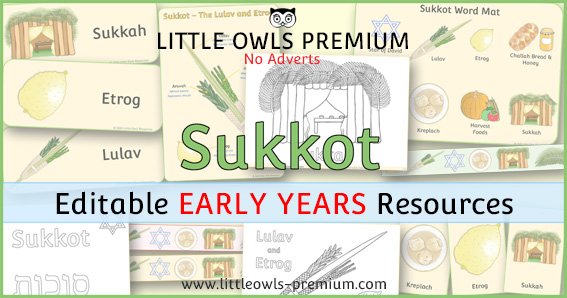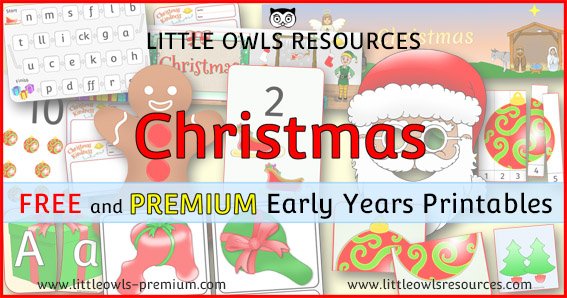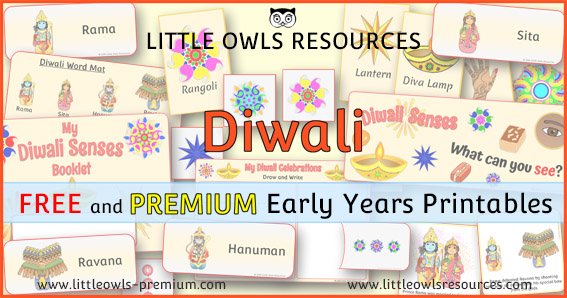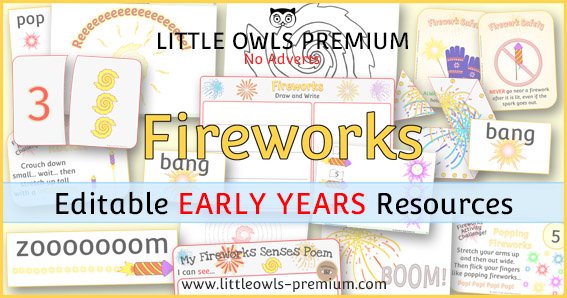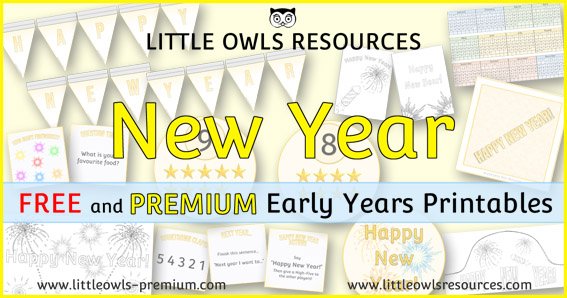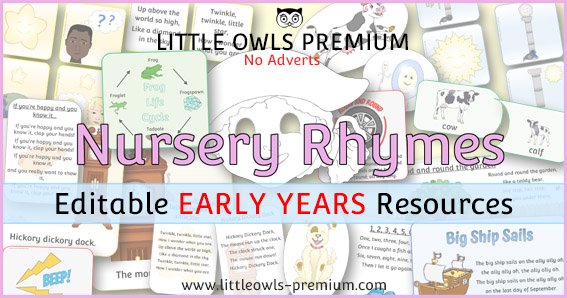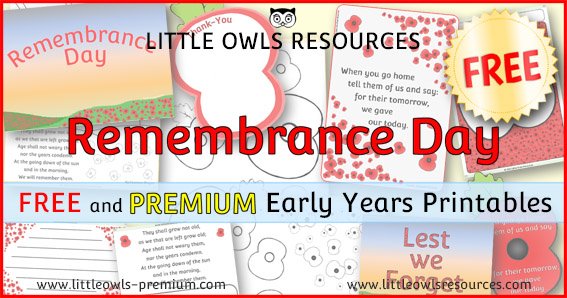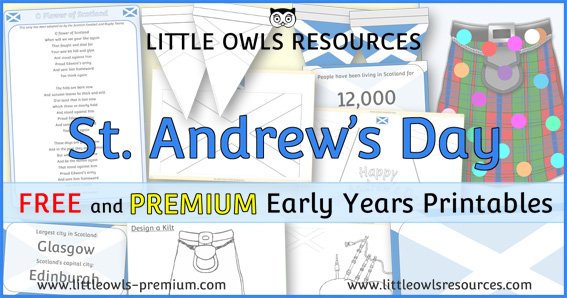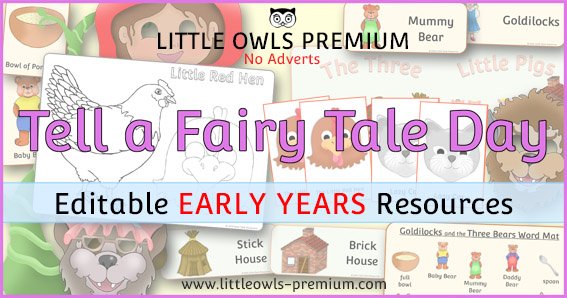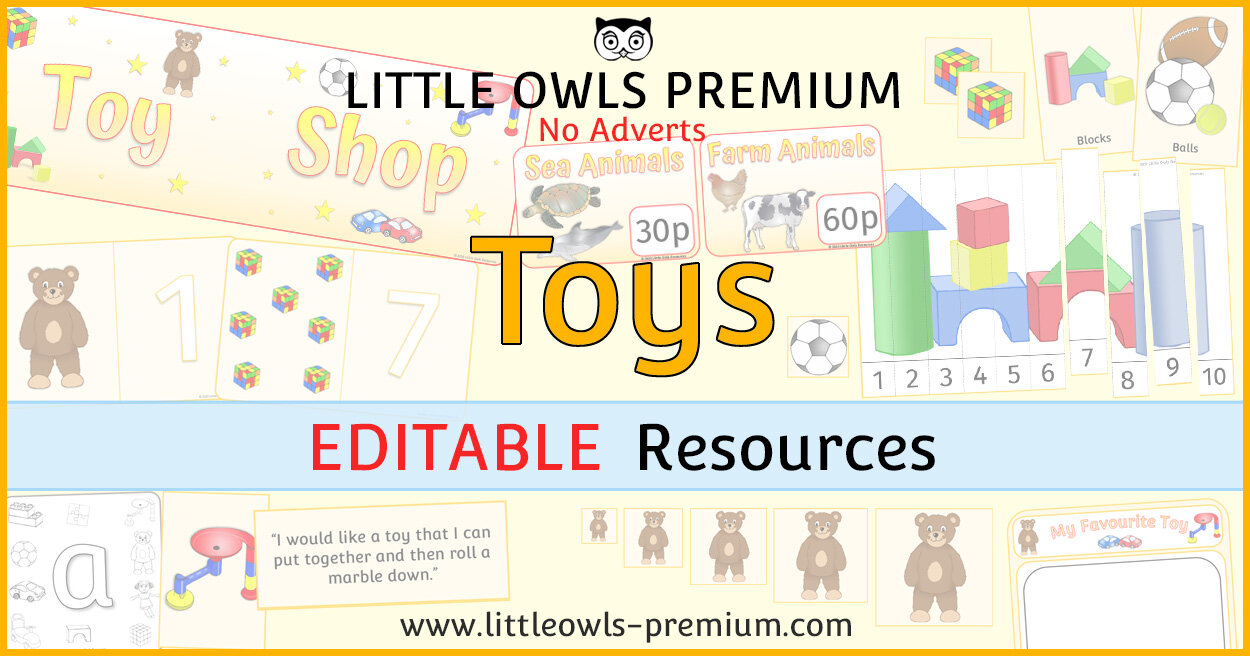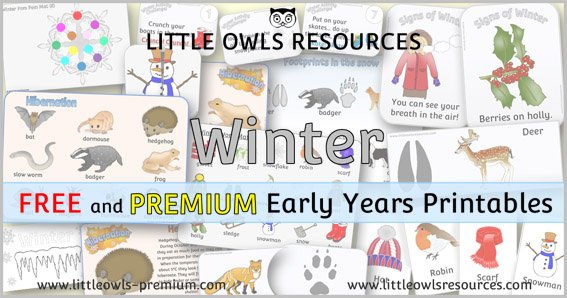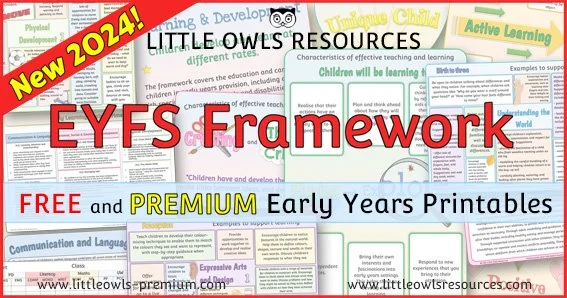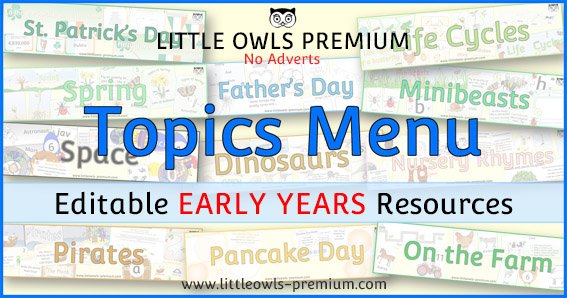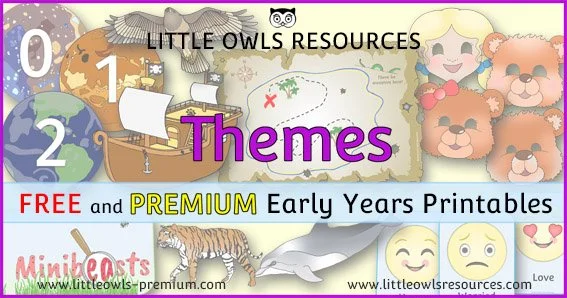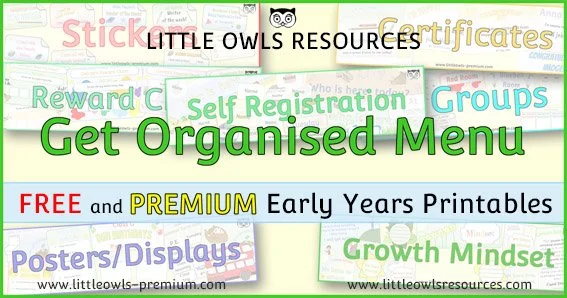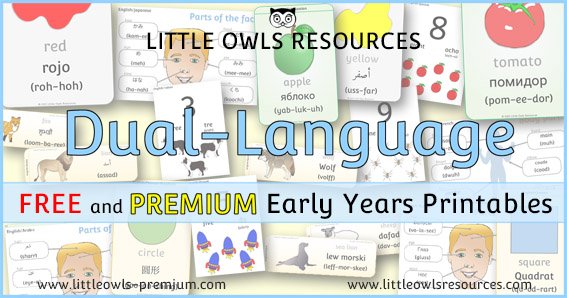Hanukkah/Chanukah - EYFS/Early Years activities, Displays and ideas
(14th - 22nd December 2025)
SECTIONS ON THIS PAGE:
Free Sample Resources
Core ‘Hanukkah’ Resources
Use the drop-downs below to filter by Resource Title or Keyword
Or SCROLL DOWN the page to browse
You may also find useful resources in…
About ‘Hanukkah/Chanukah’
Additional November & December special dates & themes you may be interested in
If you are not a member already, become a ‘Free Access’ member here. This will give you access to resources within the ‘Free Sample Resources’ sections at the top of most pages and ‘Special Dates Calendars’. Some whole topics are even free! Find out more about all of our membership options here. If you are already a member… thank-you! x
FREE SAMPLE RESOURCEs!
(Click on the images below to find out more)
Please note that both Editable (docx file) and non-editable (pdf file) versions are available for all Hanukkah topic resources. (Editable files require Microsoft Word to work at optimum level and Non-Editable files require a pdf viewer.)
Resource Title
- GELT COUNTING PUZZLES (1-10)
- HANUKKAH - BE PROUD ACTIVITY
- HANUKKAH BANNER
- HANUKKAH BINGO GAME
- HANUKKAH BORDER SHEETS - HORIZONTAL
- HANUKKAH BORDER SHEETS - VERTICAL
- HANUKKAH BUNTING
- HANUKKAH CARDS
- HANUKKAH COLOURING SHEETS
- HANUKKAH MEMORY GAME
- HANUKKAH NUMBER SLICE PUZZLES
- HANUKKAH NUMBER SLICE PUZZLES - COLOURING
- HANUKKAH PICTURE SNAP
- HANUKKAH SIZE ORDERING ACTIVITY CARDS
- HANUKKAH WORD CARDS
- HANUKKAH WORD MAT
- HANUKKAH WRITING SHEETS
- MENORAH MULTIMAT
Keywords
- Activities 14
- Art and Crafts 1
- Cards/Flashcards 1
- Colouring 6
- Counting 1
- Drawing/Writing/Mark Making 7
- Fine Motor 6
- Games 7
- Greetings Cards 1
- Group Activities 5
- Matching Activities 7
- Measures - Size 1
- Number recognition and ordering 3
- Observation 7
- Pencil Control 3
- Personal Opinion 1
- Playdough/Loose Parts 1
- Posters/Displays 4
- Problem Solving 6
- Puzzles 4
- Scissor Skills 3
- Self Awareness 1
- Take Home 8
- Turn Taking 2
- Word Mats 1
Click on the thumbnail images below for further details…
YOU MAY ALSO FIND USEFUL RESOURCES IN…
About ‘Hanukkah/Chanukah’
Hanukkah, also known as the Festival of Lights, is an eight-day Jewish holiday commemorating the rededication of the Second Temple in Jerusalem and the miracle of the oil. It usually takes place in late November or December, beginning on the 25th day of the Hebrew month of Kislev. Hanukkah celebrates the triumph of Jewish values and identity, marked by joy, resilience, and family gatherings.
Historical Background of Hanukkah
Hanukkah dates back to 167-160 BCE, during a time when the Jewish people were under the rule of the Seleucid Empire. The ruler, King Antiochus IV Epiphanes, imposed harsh restrictions on Jewish religious practices and ordered the desecration of the Second Temple. This sparked the Maccabean Revolt, led by Judah Maccabee and his brothers, who fought to reclaim their religious freedom.
When the Jews reclaimed the temple, they sought to purify it and light the menorah (a seven-branched candelabrum) as part of the rededication ceremony. However, there was only enough consecrated oil to burn for one day. Miraculously, the oil lasted for eight days, which allowed enough time to prepare more purified oil. This event is known as the miracle of Hanukkah.
Hanukkah Traditions and Symbols
Lighting the Menorah: The central ritual of Hanukkah is lighting the hanukkiah, a nine-branched menorah. One candle is lit each night to commemorate the eight-day miracle, with a ninth candle, called the shamash (or helper candle), used to light the others. Each night, one additional candle is lit until all are illuminated on the eighth night.
Blessings and Songs: Blessings are recited over the menorah lighting, and traditional songs, such as "Maoz Tzur" (Rock of Ages), are sung to celebrate the resilience of Jewish faith and identity.
Dreidel Game: A dreidel is a four-sided spinning top with Hebrew letters—nun, gimel, hei, and shin—representing "Nes Gadol Haya Sham" ("A great miracle happened there"). In Israel, the final letter is pei (for "poh," meaning "here"). The game is often played with chocolate coins or small prizes.
Traditional Foods: Foods fried in oil, such as latkes (potato pancakes) and sufganiyot (jelly-filled doughnuts), are enjoyed to honour the miracle of the oil. Dairy dishes, like cheese-based foods, are also commonly served, referencing the story of Judith, who defeated an enemy general with courage and wit.
Gift-Giving: While not traditionally a major part of Hanukkah, gift-giving has become more popular, especially in families with children. Hanukkah gelt, or chocolate coins, is a traditional treat given to children.
Significance and Themes of Hanukkah
Religious Freedom and Identity: Hanukkah commemorates the freedom to practice one’s faith and uphold cultural values, symbolising the perseverance of Jewish identity.
Miracles and Hope: The story of the oil lasting eight days when it should have only lasted one symbolises faith and hope, reminding people of the power of resilience and the potential for miracles.
Family and Community: Hanukkah is celebrated with family and community gatherings, reinforcing the importance of togetherness, faith, and cultural continuity.
Modern Celebrations
In modern times, Hanukkah is widely celebrated by Jewish communities around the world, both in religious settings and as a time for family gatherings and public festivities. Cities often display large public menorahs, and many Jewish organisations host Hanukkah events, including communal candle-lighting, festive meals, and cultural performances.
Hanukkah remains a vibrant, meaningful holiday symbolising Jewish resilience, light, and unity, celebrating the miracles of history and the enduring strength of cultural identity.
November/December Themes & Special Dates you may be interested in…
